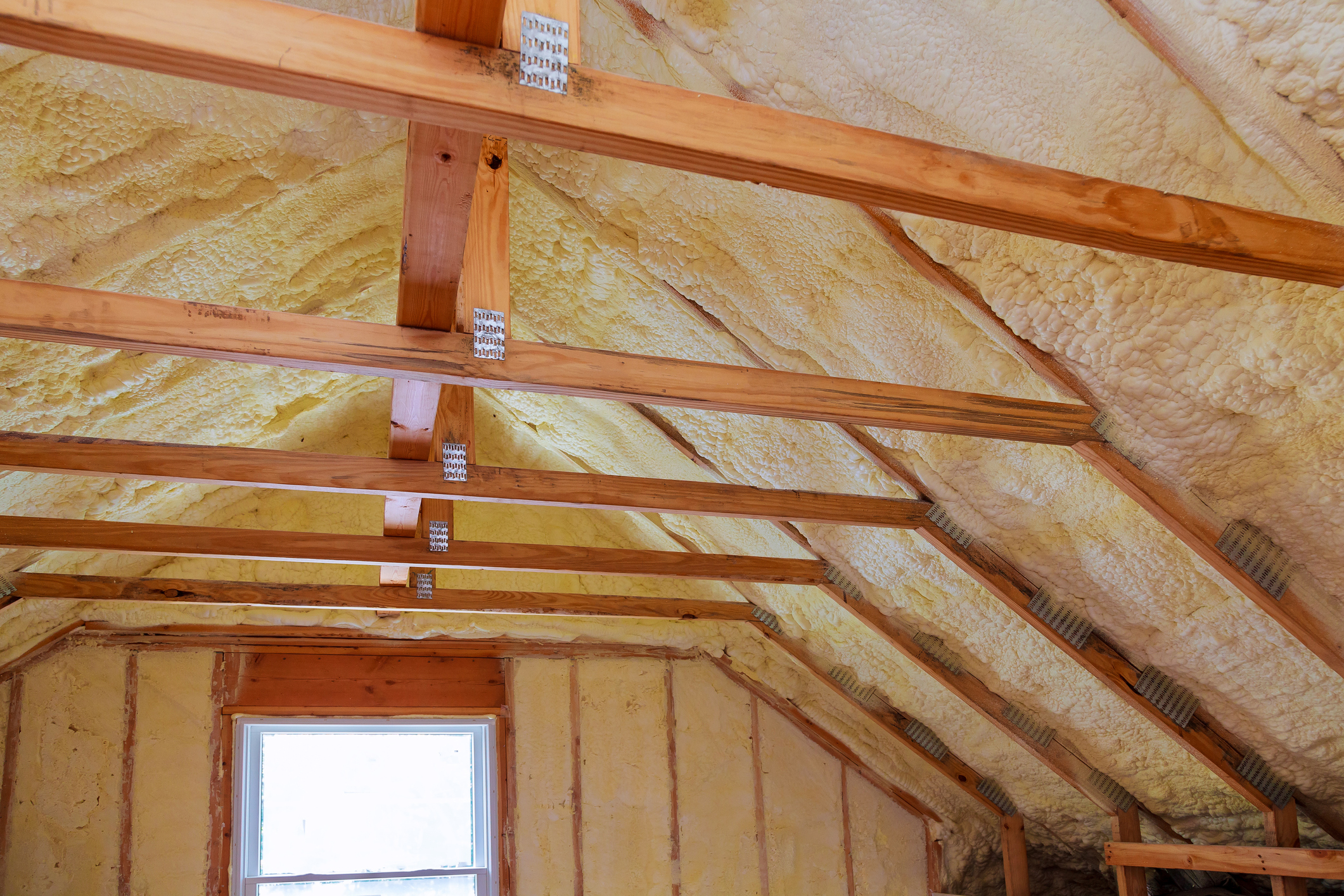Whether it is a commercial or residential property you own, it needs to be properly insulated as the benefits of doing so outweigh the drawbacks. Insulation basically prevents the winter winds from penetrating inside as well as making sure the warm inside air does not escape outside. Installing foam insulation also results in reduced monthly utility expenses as it is cost and energy effective.
An average person, specifically one living in an area suffering from longer periods of colder climate, annually spends about $8,000 on electricity bills, a heavy financial burden which may be difficult to bear. Installing foam allows one to prevent and control such unnecessary costs and expenditures.
Absence of foam insulation
The absence of foam insulation leads to several problems with your environment, home and even your health. The issues of no foam insulation are listed below.
Air leakage
The absence of foam insulation results in air and gas leakages. This is because a lack of foam insulation results in an inadequate prevention of diffusion of air from the inside to the outside and vice-versa. Consequently, the electricity consumed by the heater to maintain a uniform internal environment causes a significant rise in the monthly utility bills.
Unhealthy environment
Lack of foam insulation also results in poor health conditions of a house’s occupants. This is because the stale air that leaks into your house will not have a route to flow out. Thus, inhaling such air may lead to the development of Sick Building Syndrome, a disorder that leads to fatal diseases, including cancer.
Mold growth
Foam insulation also acts as a barrier to water vapor and absorbs moisture. In cases where foam insulation is absent in houses, wall cavities may absorb the moisture during rainfall. Such a condition is perfect to aid the growth of mold and mildew. This environmental condition causes:
- Asthma
- Memory loss
- Lung tissue damage
- Wheezing
- Skin irritation
Pollution: Noise and air pollution are common, everyday problems, especially when one is living in an urban area. In such cases, it is essential to have foam insulation in order to limit the effect of such instances.
Install the right foam insulation
Choose compact insulation
It is important your insulation consists of elements that are compact and tight. This is because the foam later solidifies to seal the cracks and crevices. If the particles in it are loosely packed, it will not perform according to the expectations.
Fiberglass insulation is a type of foam insulation that is cheap and energy efficient. It is best for insulating internal areas such as your attics.
Spray foam insulation offers many benefits
Open-celled spray foam is cheaper and extremely energy efficient. It can also be easily sprayed on inaccessible crannies to seal them up.
Closed-cell insulation is denser and more compact in nature. This makes such insulation a perfect barrier to prevent air leakages and is extremely water resilient as well.
Do your part in installing foam insulation
You need to ensure that the materials you have chosen are the best fit for your house’s insulation. This means that you need to consider your:
- Regional climate
- The area of your house
- The R-Value of your insulation.
You need to ensure that the foam has environment-friendly chemicals and is produced by a reputable and authentic company with years of experience in their industry. This will make it safe to use and breathe around, preventing your family from being exposed to health issues.
Look into a hybrid solution for your housing insulation. This way, you will be able to save on costs big time.
To learn more about foam insulation or other exterior home services, contact a local, trusted contractor like Minnesota Exteriors.
